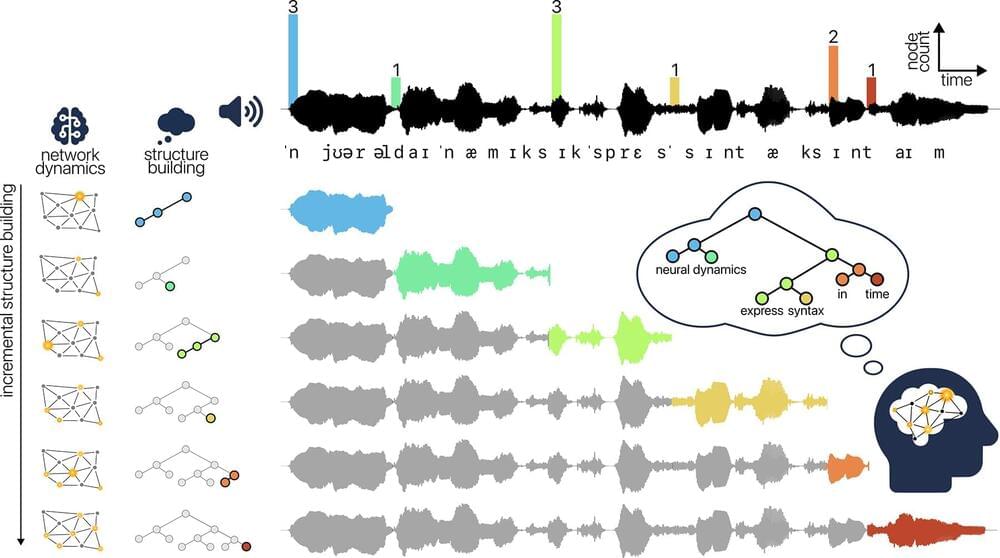Do speakers of different languages build sentence structure in the same way? In a neuroimaging study published in PLOS Biology, scientists from the Max Planck institute for Psycholinguistics, Donders Institute and Radboud University in Nijmegen recorded the brain activity of participants listening to Dutch stories. In contrast to English, sentence processing in Dutch was based on a strategy for predicting what comes next rather than a “wait-and-see” approach, showing that strategies may differ across languages.
While listening to spoken language, people need to link abstract knowledge of grammar to the words they actually hear. Theories on how people build grammatical structure in real time are often based on English. In sentences such as “I have watched a documentary,” the noun “documentary” immediately follows the verb. However, in Dutch sentences, the word order may be reversed: “Ik heb een documentaire gezien” (“I have a documentary watched.”).
“To find out whether speakers of different languages build grammatical structure in the same way, it is important to look at languages that differ from English in such interesting respects,” says first author Cas Coopmans. “Findings based on English may not generalize to languages that have different grammatical properties, such as Dutch.”
